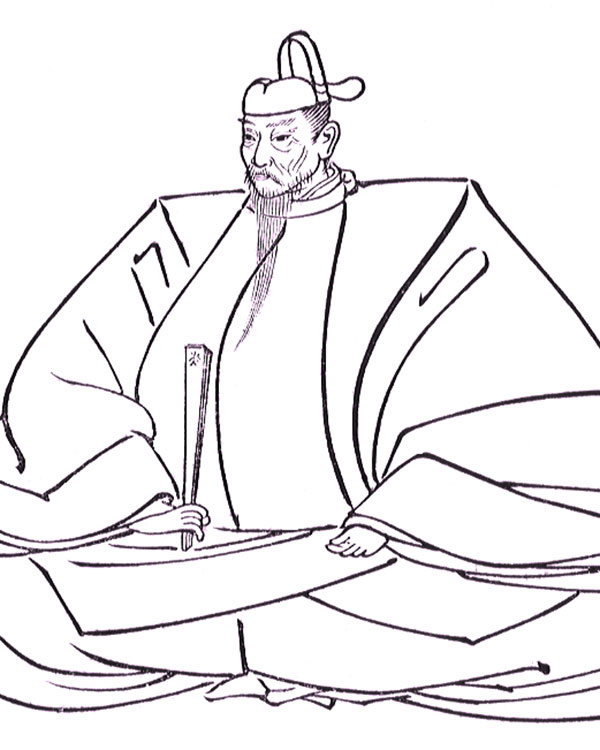Hideyoshi’s Edict - 1587

Hideyoshi.
Introduction
Toyotomi Hideyoshi (c.1536–1598) was a Japanese adventurer who rose to power and became one of the island nation’s most effective rulers. He was largely responsible for ending a time of internal strife, unifying Japan. During his lifetime Roman Catholics made Christian converts in Japan. At first Hideyoshi tolerated this foreign religion because of his need for Spanish and Portuguese traders. However, his position hardened after he saw the destruction of temples wrought by Christian converts in Kyushu. He may even have feared Christians as a threat to Japanese sovereignty. On this day, 25 July, 1587, he issued an edict against foreign priests. Ten years later he crucified a number of Christians.
Quote
“Having learned from our faithful councillors that foreign priests have come into our estates, where they preach a law contrary to that of Japan, and that they have even had the audacity to destroy temples dedicated to our Kami and Hotoke; although the outrage merits the most extreme punishment, wishing nevertheless to show them mercy, we order them under pain of death to quit Japan within twenty days. During that space no harm or hurt will be done, to them. But at the expiration of that term, we order that if any of them be found in our estates, they should be seized and punished as the greatest criminals. As for the Portuguese merchants, we permit them to enter our ports, there to continue their accustomed trade, and to remain in our estates provided our affairs need this. But we forbid them to bring any foreign priests into the country, under the penalty of the confiscation of their ships and goods.”
“Japan.” Encyclopedia Britannica 11th Edition.





